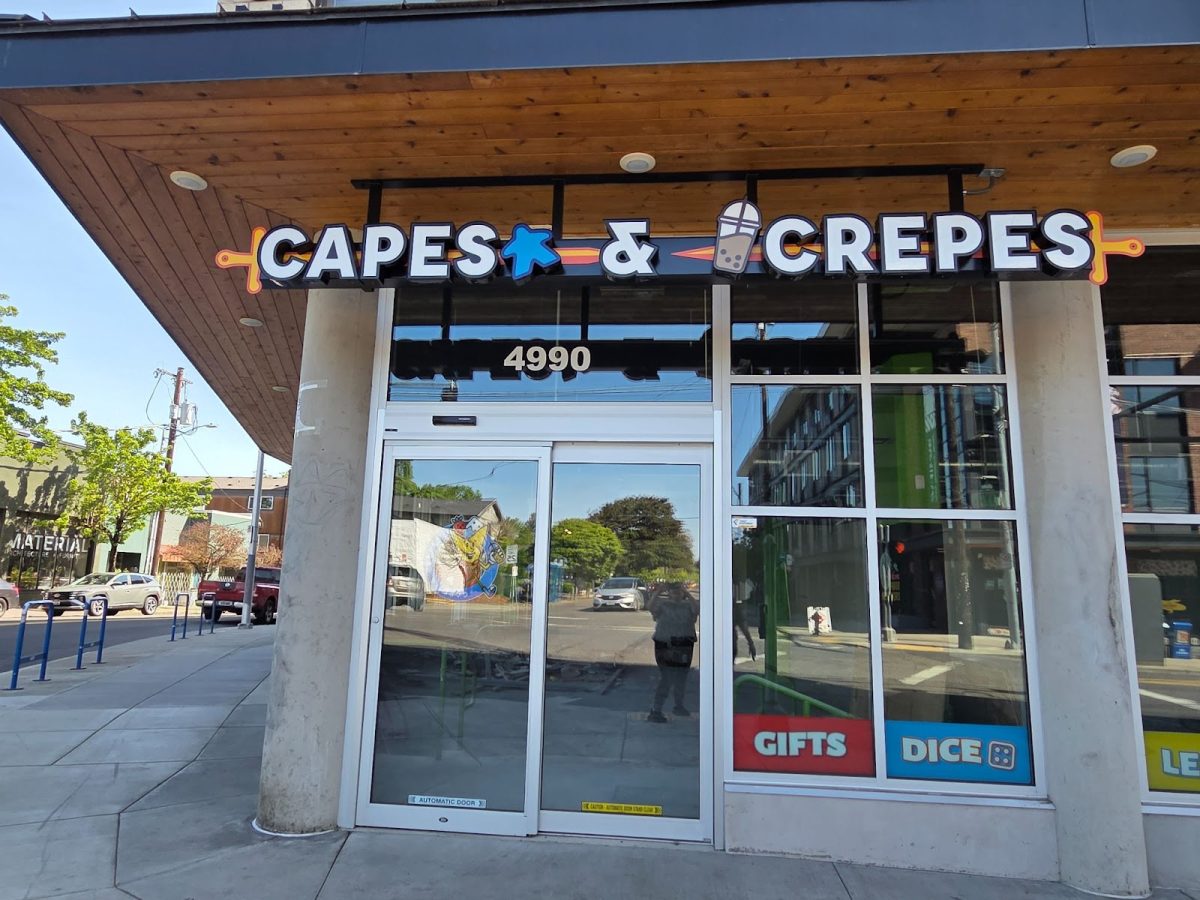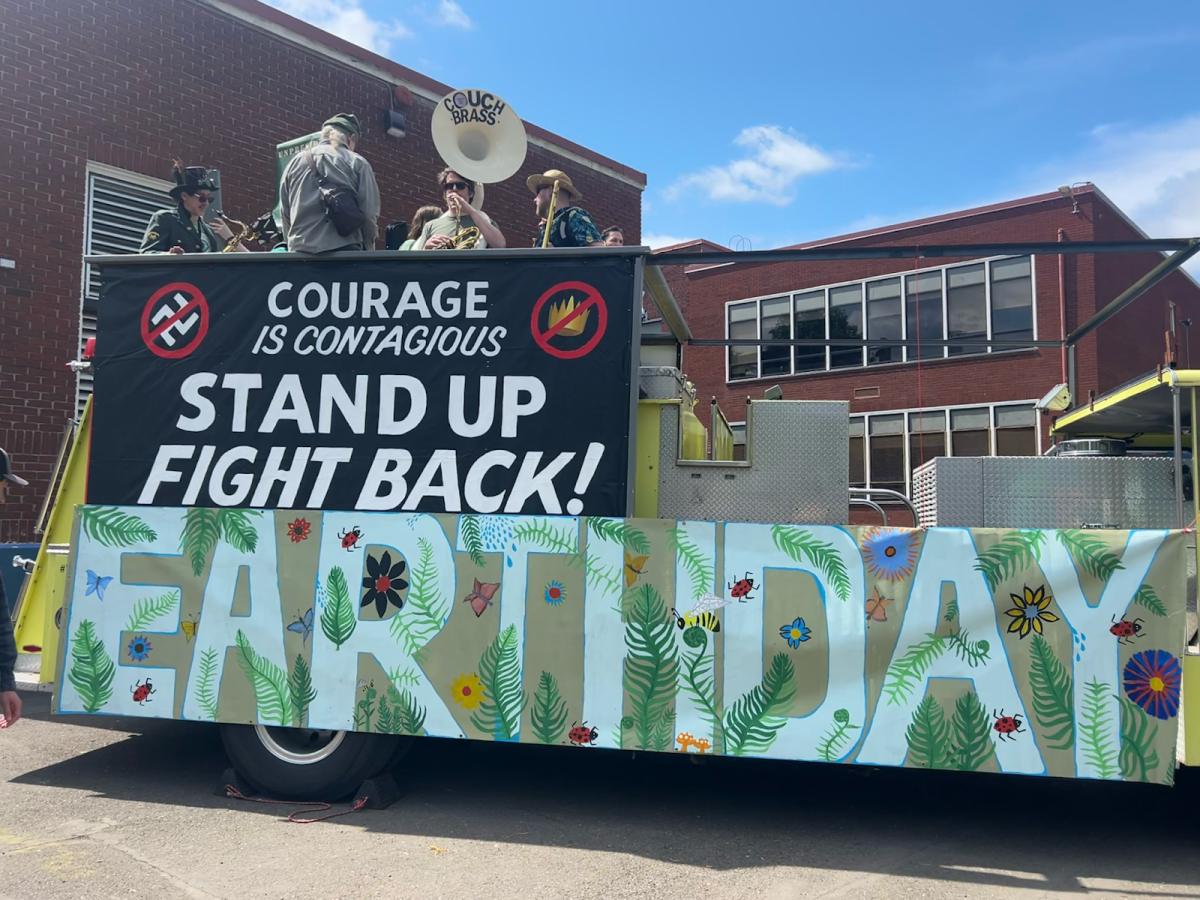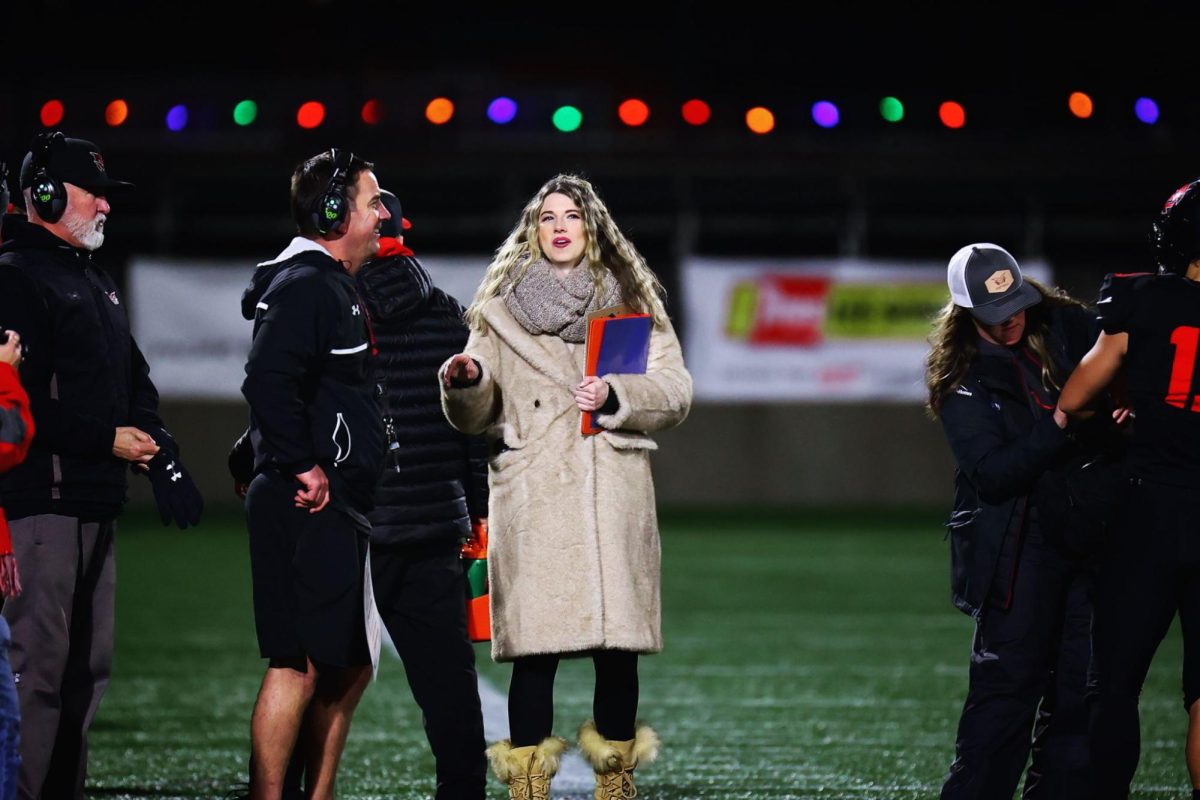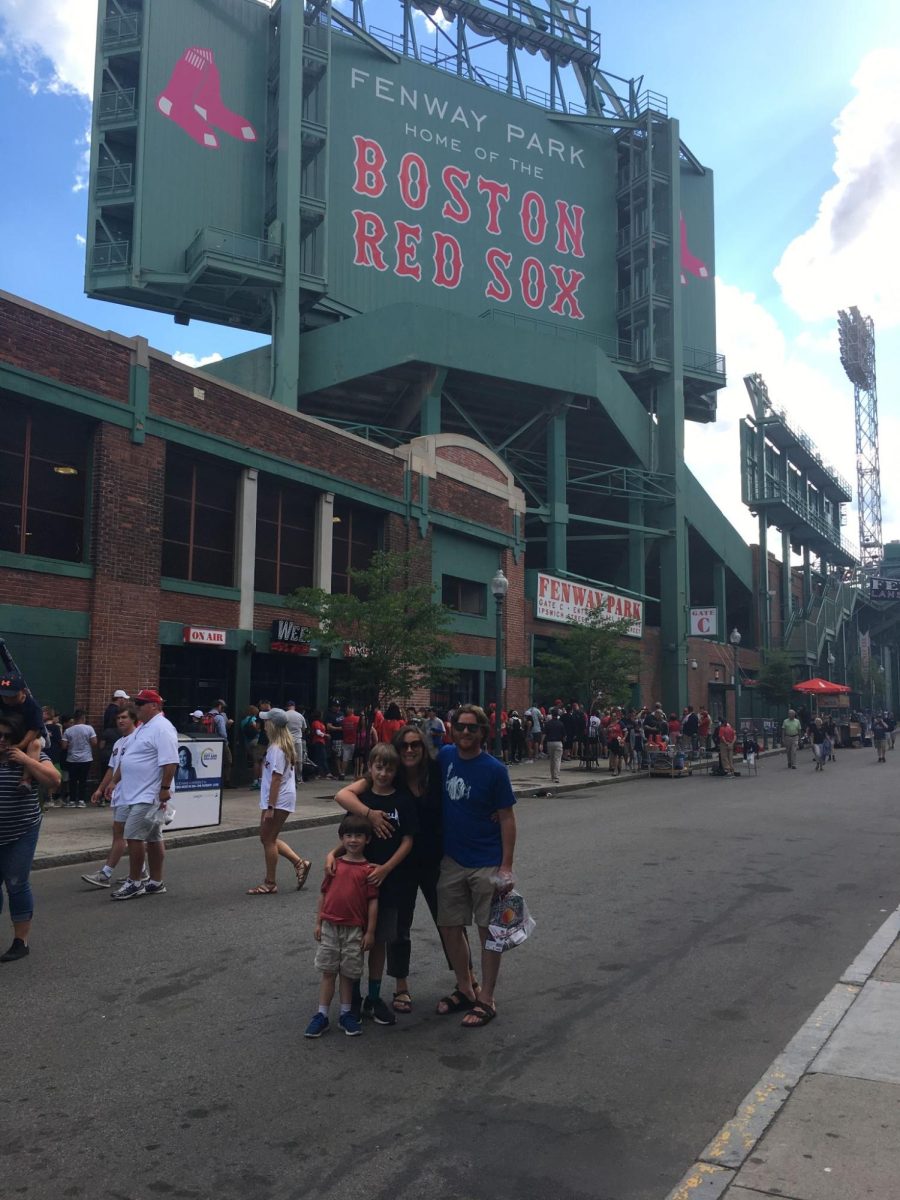
The city of Portland is surrounded by water, split by the Willamette River, bookended by the Columbia River, and covered in months of nonstop rainfall. This water provides the region with a unique source of vitality lacking in much of the American West. However, it has been misused by humanity, often as a place to dispose of dangerous waste, leading the region’s rivers to become toxic to humans, fish, and any other organism that needs a healthy watershed to survive. In recent decades, federal, state, and city governments have collaborated to revive the once-neglected water quality, removing natural and artificial toxins and contaminants. Today, it is usually safe for swimming in much of the river, but troubling sources of contamination remain. As the people of Portland prepare for a season of recreational swimming, the city continues to revamp a system that has long disadvantaged people—especially those who have less of a voice—and the animals of the area.
Water pollution comes from point and nonpoint sources. Point sources are from more direct influences, like industrial plants. Nonpoint sources come from indirect and often natural phenomena, including stormwater runoff.
Point sources have been treated in Portland since the mid-twentieth century. The contaminants released are often potent, but they tend to be easier to regulate. They come from a small group of sources, who are typically required to play their own part in the decontamination process, finding ways to get rid of waste without dumping it in a source of life shared by the entire community.
Nonpoint sources are varied and can be a nightmare to take care of, ranging from agricultural products to stormwater runoff, and are the largest source of water pollution in the US. In the 1990s, Environmental Protection Agency (EPA) regulations began to address nonpoint source pollution, and cities and states ramped up their responses to runoff, but even with ambitious projects in the last few decades, plenty of untreated contamination remains. Cars are a major contributor to runoff issues, according to Heidi Berg, who works on water treatment for the City of Portland Bureau of Environmental Services (BES).
Portland has been a leader in the reduction of nonpoint source contamination. The city’s flagship project is the Big Pipe, a tunnel easily large enough to fit a bus, designed to limit combined sewer overflows (CSOs). These refer to the event in which combined sewers, which collect and transport a wider variety of materials, face unmanageable intakes of stormwater, especially after periods of heavy rainfall. According to Portland’s website, before the 20-year, $1.4-billion-dollar project was completed, an overflow could be caused by as little as one-tenth of an inch of rain. In a city known for perpetual precipitation that ranges from drizzling to downpours, the previous system was unnecessarily handicapping the water treatment system and leading to chronic contamination of the watershed. By dividing the burden of sewage between stormwater runoff and general waste, the Big Pipe Project reduced overflows by 94 percent in the Willamette and 99 percent in the Columbia Slough, according to the City of Portland.
The city is also able to limit nonpoint source water pollution by weaponizing nature for stormwater collection. Green Streets are changes to the urban fabric in which plants along a curb help determine where the chemicals go. Plants “take [the] water up,” says Berg, and the pollutants go “through different transformations depending on what the chemical is.” Some chemicals “settle into the soil and infiltrate,” while others are “uptaken by the plants,” and larger chemicals are taken into forebays, or artificial areas designed for water collection, so that the city itself can “clean those out.” By placing them on curbs, Portland’s water system can ensure the mitigation of contaminants like cars that travel along those streets.
Temperature mitigation is also essential, and unusual temperatures are one of the main threats to river life. This can be moderated with plants in the riparian areas immediately around rivers and streams, though the walls that surround the Willamette as it passes through Portland limit the ability to create a true riparian zone.
Historic approaches to water treatment were careless. According to the City of Portland website, the city’s first sewage system carried its waste, from homes and businesses alike, straight to the Willamette. Portland’s lack of regard for the quality of its rivers led to cataclysmic damage to the local flora and fauna. There are now restrictions on this practice, but the damage has been done, with many populations falling to dangerous levels, including that of the staunchly-protected salmon.
The area in Portland most affected by these haphazard practices was Portland Harbor, a large stretch that constituted much of the industrial activity of the Port of Portland. A significant portion of the pollution came from “overwater ship building, repair, and deconstruction,” wrote Dawn Sanders of the Portland BES. Oil storage was, and remains to this day, a major component of the activity. In one six-mile span of the area is the Critical Energy Infrastructure Hub, which holds about 360 million gallons of fuel.
The Portland Harbor is now a Superfund Site, a label that gives the EPA the power to “clean up” and regulate the area, according to the EPA website. According to Sanders, the EPA’s plan for the Portland Harbor involves “removing the contaminated sediments,” “covering the contaminated areas with clean material like geotextiles, liners clean sediment, gravel, or sand,” and “relying on naturally occurring processes” for detoxification.
When people have been put in harm’s way by water pollution, wealthier and whiter areas throughout the nation have been shielded from waste at the expense of people of color and those of lower socioeconomic status. An analysis of EPA data performed by researchers with the National Resources Defense Council (NRDC) showed that water systems serving marginalized communities were less likely to treat water to the standards of the Safe Water Drinking Act. When humans damage the Earth, the privileged are protected. But recent changes such as the Superfund site and the Big Pipe Project are making once-neglected areas in Portland and elsewhere better served to combat the range of pollutants that threaten the water supply.
Salmon and their relatives, also known as salmonids, are at risk when water contents and temperature change, and anyone involved in activities that could hurt salmon is required to work to alleviate and eliminate this threat. This is the result of statewide regulations protecting the fish, one of the Pacific Northwest’s most iconic—and endangered—families.
Before protection of salmonids became a priority, the river’s pollution ravaged populations, as noxious waters poisoned piscine passers. In the 1930s, when placed in the Willamette, a typical young salmon died within 15 minutes, according to the City of Portland. The city’s lack of care for its watershed made it uninhabitable for fish, which, unlike humans, cannot live outside of the water, leaving them trapped in a river that was killing them.
The fish most likely to suffer when rivers are treated as waste baskets are those that do not migrate. They will remain in the same polluted habitat for as long as they live. This negatively affects both the non-migratory fish and those that eat them, a category that may include people. Many of the contaminated fish are in the Columbia Slough, a popular region for both fishing and industry. However, this does not apply to salmon, which “are generally safer to eat as far as not ingesting different PCBs [formerly-used artificial chemicals for industrial activities] or toxics,” says Berg.
When some organisms are contaminated by such chemicals, it leads to a cascade of poison that impacts entire ecosystems. Any consumer of infected prey takes the risk of contracting the contaminants themselves, and that can eventually reach humans who eat salmon and other related fish.
A more direct form of contamination can occur when people swim in the river. With summer approaching, the river is set to become a popular swimming destination once again as Portlanders flood the few cooler pockets in the temperate rainforest’s sizzling season, but if the water is unsafe, it could cause public health issues. For example, E. Coli bacteria, frequently spread through water, can cause dangerous outbreaks if ingested. Algal blooms are another cause of illnesses, and not all bodies of water are consistently monitored, according to the Oregon Health Authority. Greenish water, or water with a coating, may be experiencing an algal bloom.
While levels of pollution tend to be low, the temperature of the water can pose a greater issue. Many swimmers have trouble in colder water, which lowers the swimmer’s body heat and induces a “cold shock” response that reduces swimming efficiency and may cause hyperventilation, so one should consider if they can handle the temperature and current before swimming in the river. Currents in the Willamette tend to be strong enough to warrant caution.
Additionally, there are days when the water is unsafe for anyone to swim in. However, it is far safer than it used to be, and the city tracks water pollution regularly, so there are resources for determining when swimming is a safe option. The website Check the Rec, provided by the Portland website, offers weekly E. Coli numbers measured in checkpoints from Cathedral Park to Sellwood. Visit Check the Rec for up-to-date information on river quality at https://www.portland.gov/bes/check-rec.
































